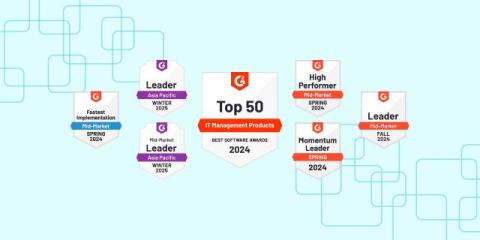Tips on troubleshooting your network like a pro
Sometimes life can be pointless, and other times, it might just be that your network has stopped working, and now you have too much time to ponder the true purpose of life. If you are in that second situation, let’s get that network fixed before you start regretting your life choices. Troubleshooting is a repetitive yet rigorous process where you analyze and test individual network components like a chef checking every ingredient before cooking up a delicious dish.











